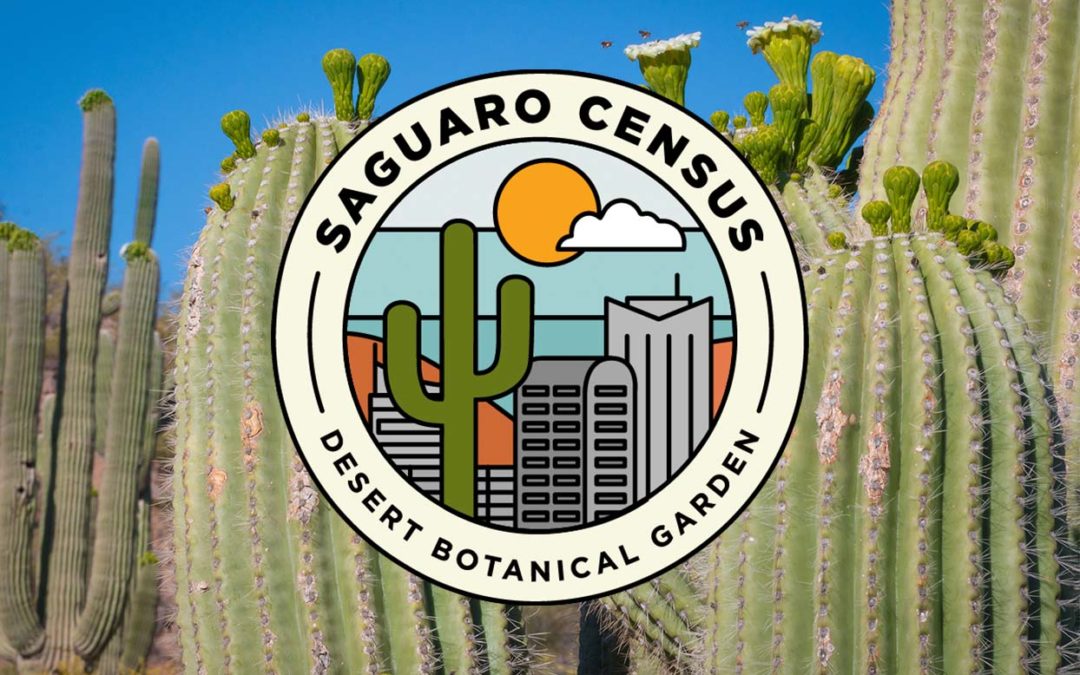Desert Botanical garden launched its first-ever project documenting urban saguaros.
The Saguaro Census is part of a larger project led by the Garden’s New World Succulents Specialists Dr. Tania Hernandez to better understand the health and adaption of the Valley’s population. The Garden will also involve community support to help with the project.
Starting in May, the community can help the Garden document saguaros (Carnegiea gigantea) in their neighborhoods through iNaturalist, a free smartphone app and website. Participants can share their observations on the app under the Metro Phoenix Saguaro Census project. An observation can include photos, a location and notes about the general health of the saguaro.
For more details about the Saguaro Census and how you can get involved visit dbg.org/events/saguaro-census. Join the Saguaro Census project and view the training video here to become more familiar with iNaturalist.
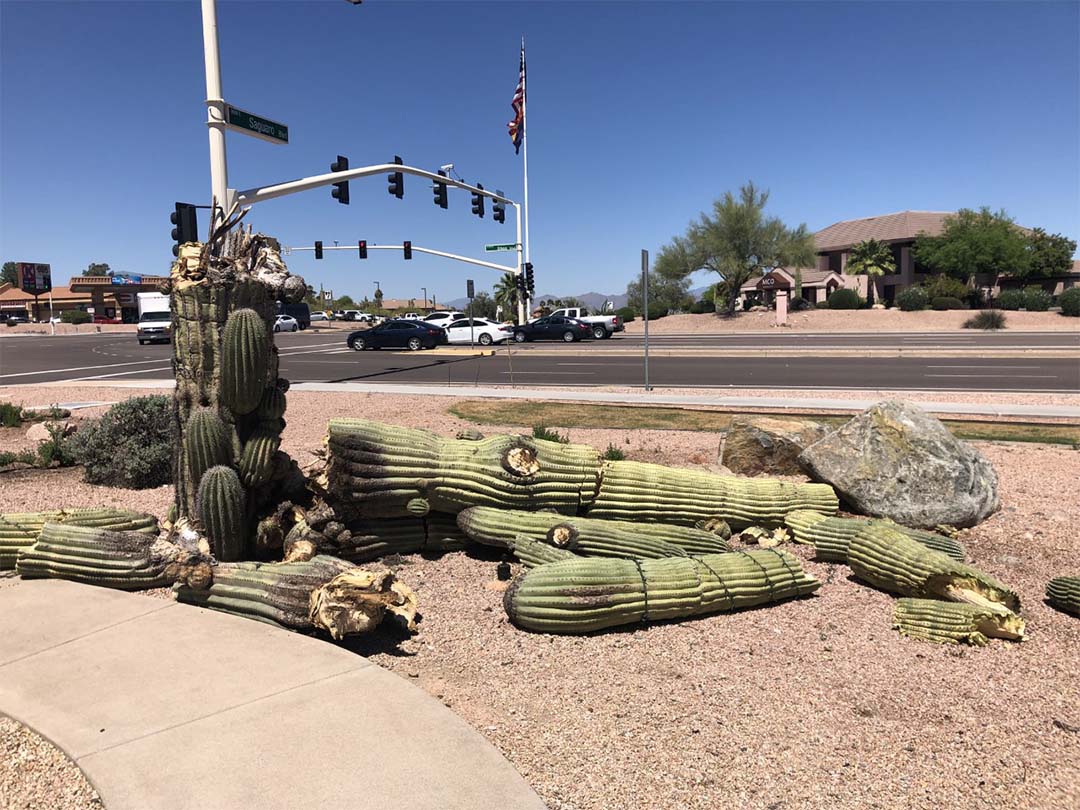
The summer of 2020 was historically one of the hottest and driest summers for the Valley. That summer the Phoenix area lost numerous saguaros. There were many reports online from residents whose cactus lost an arm or fell over. The cause is unclear. To look for answers, the Saguaro Census will count and document saguaros in metro Phoenix.
This is the first step to generate a database to monitor the saguaro population in the Valley, learn more about their health and research the effects climate change might have on them.
“Urban areas are heat islands. Plants growing in cities are under serious heat stress — several degrees higher than in the wild. If saguaros in the city are dying now, do we expect this to happen to wild saguaros under future climate change? We can start planting saguaros brought from drier and hotter regions to better adapt our urban saguaro population to withstand future climatic conditions,” Hernandez said.
The project seeks to understand the biology, distribution and genetics of the urban saguaro population by comparing them with their relatives growing in the wild. The project will also be used to develop tools to understand and preserve endangered cactus species in the Southwest with substantial community involvement.
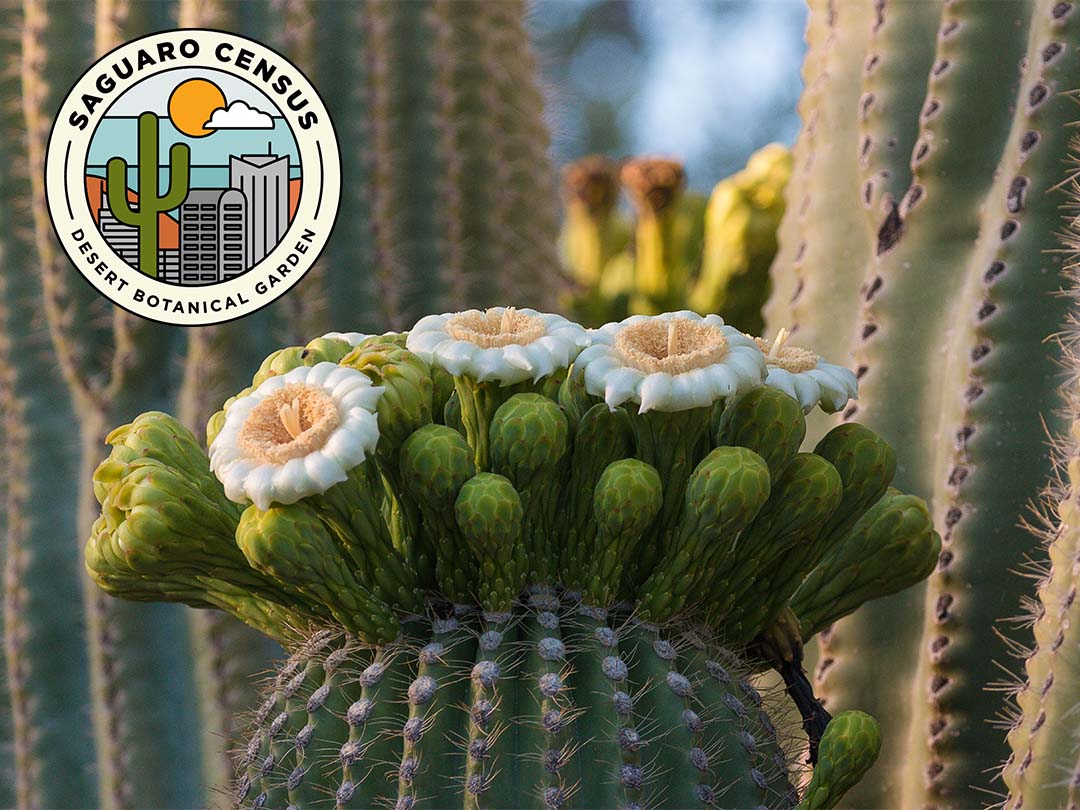
The Saguaro Census is in collaboration with the Metro Phoenix EcoFlora and the Save Our Saguaros project, led by Girl Scout Gold Award recipient Ella Werre.
“People from the Phoenix area care so much about saguaros because they are part of our identity as Arizonans. I’m really excited to work on this project to make real change happen. I did my Girl Scout project in the hopes that the data I was collecting could be utilized by real scientists to help saguaros in the Phoenix area. Small steps, like using your smartphone to document saguaros in your area on iNaturalist, can lead to big changes in the quest for answers on saguaro health,” says Were.
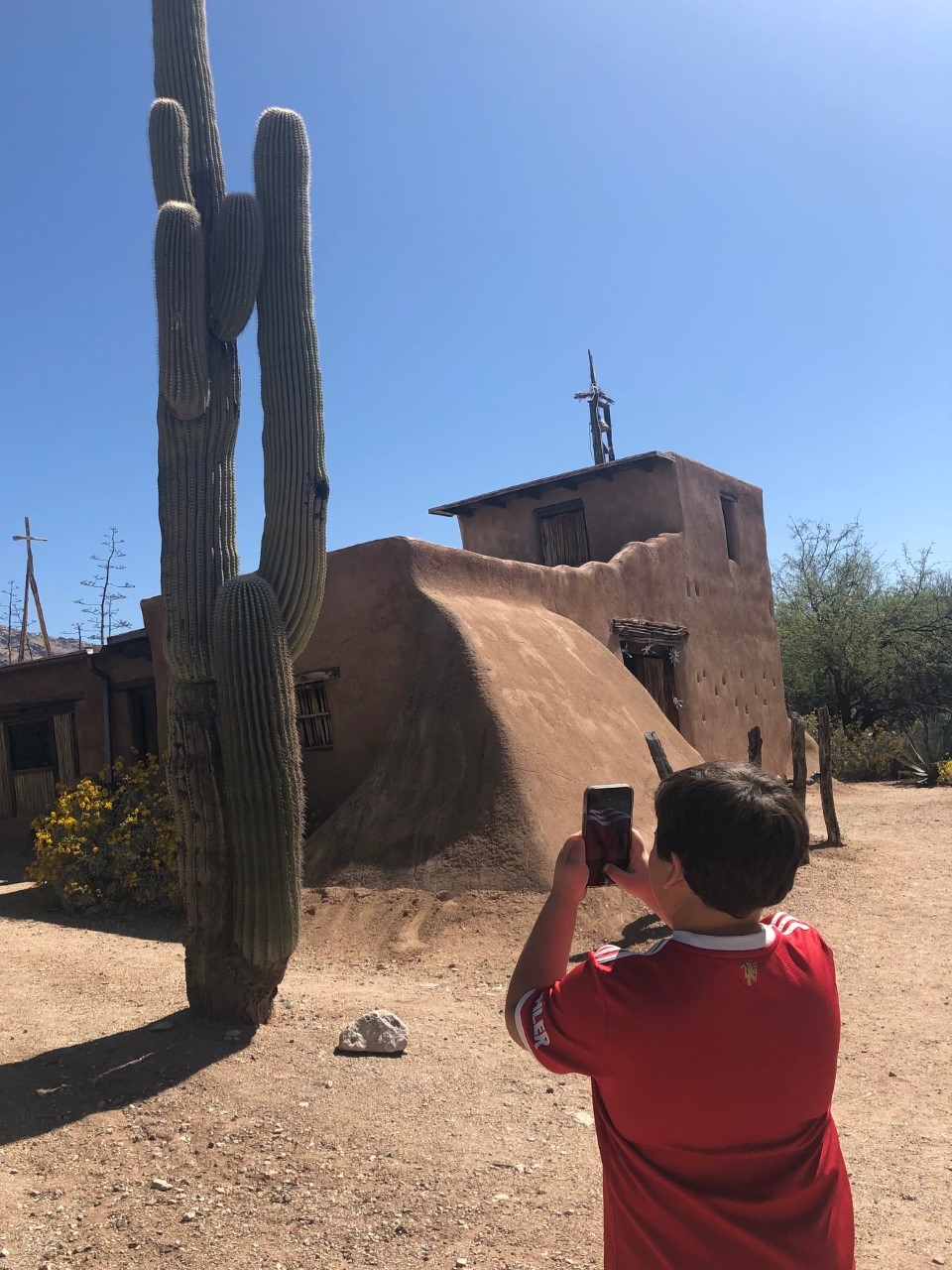
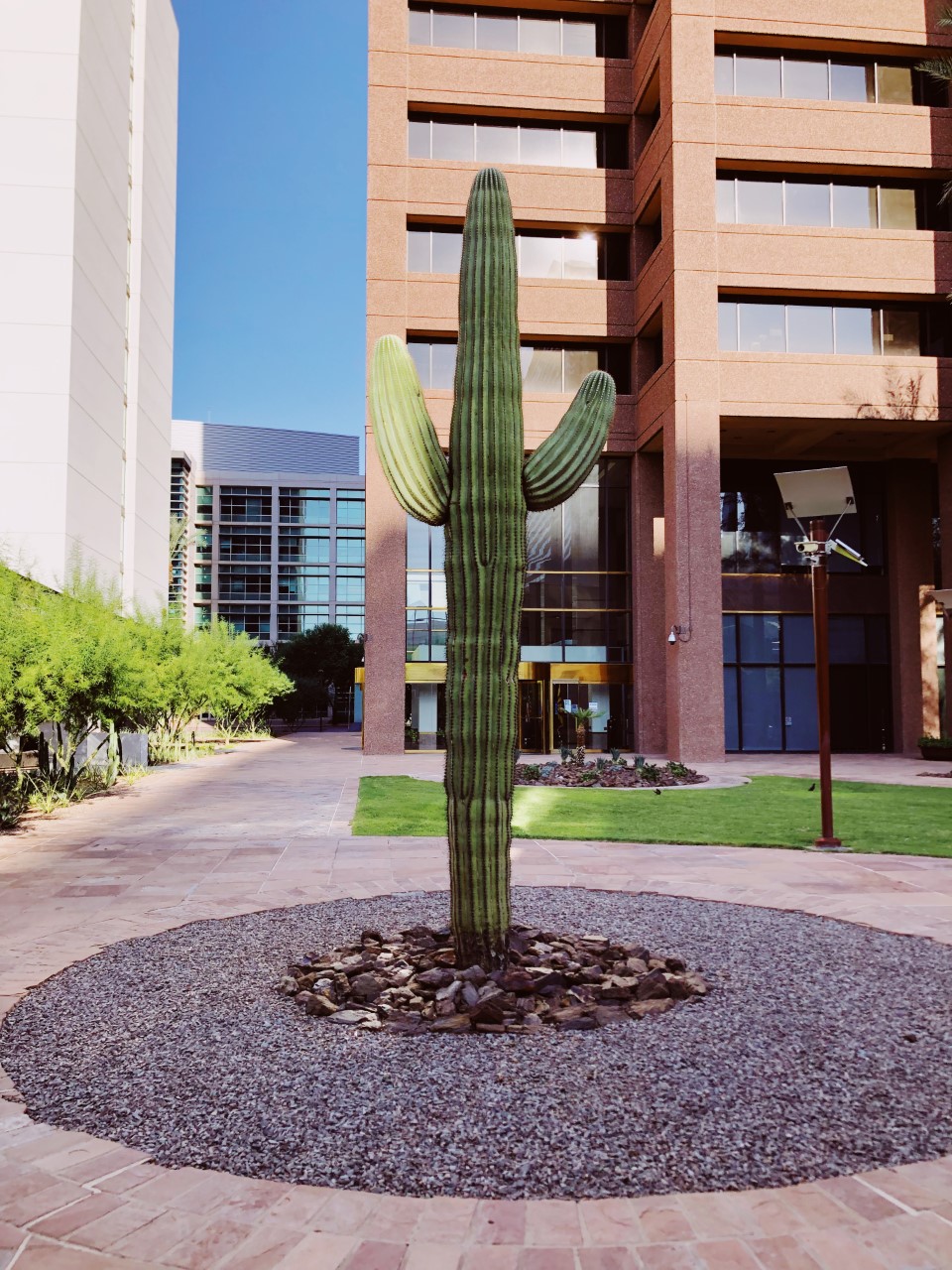
“This is a great opportunity to study plant responses to heat and stress. Saguaro plants in the city are a climate change experiment, which would be impossible to generate artificially. With information from the census, we will select some plants to perform further studies, analyze how they are adapting at the genetic level, and monitor their physiological responses over time, particularly in the hot summers,” says Dr. Hernandez.
